1- How to Plan Your Camino
It’s become an increasing trend these days, to use Travel Agents for the Camino de Santiago. But it really isn’t necessary. Just like any trip these days, with access to so many online booking platforms, there is really no need for Travel Agents. And using an Agent to book and manage your whole Camino including accommodation, has two distinct issues in my view:
- It will cost you probably double.
- It will make your journey very inflexible and detract from the Camino Experience.
Part of that “Camino Experience” in my view is letting go, to the extent that you realise you don’t need to control every aspect of the journey, that you can travel very light, and enjoy a very simple life for a while. Having to stick to a schedule, really goes against that I think.
Using these steps and the links below, you’ll easily be able to book and manage your Camino yourself.
2 – Pick Your Camino Route
If it’s your first Camino, you’re probably thinking of the Camino Frances. Most people do. It’s the most popular Camino route and is well known through movies and books. It’s a wonderful route, I’ve walked it three times. It makes a great first Camino, and it has lots of positives:
Camino Frances Positives
- Lots of accommodation options of all types and budgets.
- Lots of catering options of all types and budgets.
- Much more Pilgrim infrastructure overall compared to many routes.
- Shorter distances between villages / towns than many routes.
- A varied landscape with no real “technical” hiking involved. Just 2-3 steep sections.
- Lots of other Pilgrims for company along the way.
Camino Frances Negatives
- Lots of other Pilgrims to keep you company along the way! It can be very busy in peak periods. The peaks at the time of writing are still May and September.
Other Camino de Santiago Routes
Be aware that there are many other Camino routes to pick from. The Camino Frances is an ideal route, but I have also met first time Pilgrims on more remote routes like the Via de la Plata. Though these routes I would not recommend as a first Camino. They require a bit more logistics due to the longer distances between villages and most days you need to carry all your food and water for the day.
Whereas on a route like the Frances, you come across cafes and water fountains along the way.
If you want to check out the various Camino Routes, this website is a great resource: Gronze If you use a Chrome browser it will auto translate for you.
3 – Where to Start and End Your Camino
You start and end point are an essential early part of your planning. It will depend on a few things:
- How far you can walk per day.
- How many days you can devote to the Camino.
- Which route you are walking.
- Where you are travelling from to walk your Camino.
So for example, if I have plenty of time and am able to easily walk 25 kms per day, I might decide to walk the Camino Frances from St Jean Pied de Port, to Santiago de Compostela.
It’s 800 kms, so at 25 kms per day, maybe I should allow 32 days? No. It will need a bit longer. Read on.
4 – How Long will the Camino it Take You?
So in my example, I have estimated 32 days walking. But I need to factor in more time.
- Travel to my start point – In this example I would be flying from Sydney Australia. A 24 hour journey. Then I need to allow time to travel from my arrival airport, to St Jean Pied de Port. For this Camino I would fly into Paris. Start overnight in Paris to get over my jetlag, then travel by fast train the next day to Bayonne, and pick up the local train there to St Jean Pied de Port. All easy to book online.
- Travel back from Santiago de Compostela – This is just the reverse process. I’d allow a day or two in Santiago at the end of my Camino, and look at flights back home, in my case, from Paris or Madrid. There are flights from Santiago to both cities. And also trains to Madrid.
I use Rome2Rio a lot for this early planning. It gives me an idea of travel times and modes of travel.
OK, so now we take 32 walking days and add in the travel to and from days. Not quite…
5 – Rest Days and Sightseeing
I think quite a few people on their first Camino make the mistake of not allowing for rest days or things that might crop up. It’s hard to walk 800 kms (or whatever distance you plan) without a break. You may find your body calls out for a rest! Or you might want to stay in a town/city along the way that appeals to you. There are lots of reasons why your initial “plan” will need to change. This is the primary reason I advise against using Camino Tour Companies or Agents and it’s easy to book yourself anyway.
6 – Booking Your Camino Travel
If you live in Europe, I envy you! Travel to your Camino start point is quite simple and inexpensive.
For those of us Flying long distances, we know need to start thinking about flights. There are lots of websites to book flights such as SkyScanner.
These type of sites show most of the alternatives and generally offer good pricing. Though if you are part of an Airline Loyalty Program, you might want to book direct. I tend to do this, as if I want to change flights for any reason, it’s easier with a direct booking. (Subject to fare conditions – read those)
Because I’m usually in Europe for a long time, such as a 40-60 days Camino, I plan a few “spare” days into my trip before getting the return flight. Either that, or a book a return fare that allows changes.
7 – Booking Your Camino Accommodation
If you want to book accommodation… (more on this in a minute)
The easiest way to book accommodation is via accommodation websites such as booking.com I used this site a lot on my first Camino back in 2015. It’s easy, convenient and does not require language skills. But be aware:
- Not all Camino accommodation is listed on sites like this. Smaller places in particular don’t want to pay the commission fees or have to manage their online profiles/bookings.
- Even if they are listed, they don’t list all the available beds/rooms, because they prefer to sell them direct and avoid the commission fees.
- Some places don’t accept bookings!
Here are some thoughts and tips, that you might want to consider.
- On some popular sections like Sarria to Santigo, it gets very busy and you might want to book ahead.
- If starting the Camino Frances in St Jean Pied de part, you might want to book accommodation as far as Pamplona. These first few days can be a bottle neck during popular periods and accommodation often books out. After Pamplona people spread out a bit.
- Unless you are walking a short 7-10 day Camino and are sure of your stopping points (such as the last section from Sarria) I would avoid booking all accommodation ahead! You shouldn’t need to, and as mentioned, a firm schedule is hard to keep to.
- Other than these “choke points” or similar busy start points, I tend to book one day ahead. And I only do that as I walk very slowly. Some days I don’t even book.
Of course a lot depends on the type of accommodation you plan to use.
Camino Hotels
If you plan to stay in Hotels, you might find you want to book a bit further ahead to get what you want.
Camino Hostals and Casa Rurals
Smaller private Hotels and B&B type places might also require booking a day or two ahead on popular routes like the Frances.
Camino Albergues
These are the more traditional Pilgrim accommodation option, with communal dormitories, usually with bunk beds. Not only are they much cheaper, but they provide a great community atmosphere. Some Albergues take bookings, but many don’t, operating on a first come first served basis. And this can be an advantage! Because in busy periods, “Bookable” accommodation may book out, as people “fear” not getting a bed. Whereas many Albergues that don’t take bookings can have lots of space.
Be brave. Don’t shackle yourself to a fixed plan.
Check out this Amazing Albergue.
Booking Camino Beds via WhatApp
Everyone in Spain seems to use WhatsApp. Emails not so much. So if you are trying to book a bed, here are your options:
- Websites like Booking.com
- Email. (Smaller places rarely check emails, so I wouldn’t bother)
- WhatsApp message. I use this all the time. I have a standard message in Spanish, that just requires me to add the date. I use google translate to create the message and the replies.
- Call via Phone. As my Spanish is not great, I only do this when I have to. But I have some phrases prepared and practiced that I use.
Don’t assume the person on the other end speaks your Language! Assume they speak Spanish only and be prepared. If they speak a bit of your language, that a bonus not an expectation.
8 – Packing for Your Camino
OK I’m going to be blunt! Unless you need to cart medical equipment, or you are physically unable to carry a 5 kg bag of shopping home from the Supermarket, do not use luggage transfer services.
There I said it. Very opinionated huh? Let me explain. (Oh and I have used them! When injured. Great for that!)
Disadvantages of Camino Luggage Services on Camino
- A small additional cost of maybe €5-7 per day.
- You will take too much gear with you. 100%. Just because you can.
- It adds to the Logistics. Having your bag ready for collection by 8 am usually. Having to give your destination for the day. Looking for your bag when you arrive. Some places don’t accept luggage transfers. It’s a headache! Get the idea?
Advantages of Carrying Your Gear
- You will pack light! And learn what I think is one of the key lessons of the Camino. That we don’t need much “stuff” in our life to be comfortable and happy. A spare change of clothes and a toothbrush is about it and a sleeping bag if staying in Albergues. Don’t get me wrong. It took me 2-3 Caminos to learn this lesson well. I now carry about 5.5 kgs (plus foot and water) and my wife Pat about 4.5 kgs. This is Pat’s Gear and what she wears.
- You will have total flexibility. If you decide to walk a longer or shorter day, you don’t have to worry about where your bag is being delivered. You have everything with you.
- You might want to stay with friends. One of the joys of the Camino is making friends along the way. You might choose to stay where they are staying. No problem. You are elf contained.
- It’s liberating. Not only one less aspect of Logistics to think about, but there’s a real sense of accomplishment in carrying your own gear. This is my Gear.
If for some reason you are struggling, maybe send your pack ahead for that day. Though I thought of doing that once on my last Camino, and realised I had very little “extra” to send ahead anyway. Again, the benefits of packing light. If you find you have excess gear that you don’t need, it’s easy to send it to Santiago via the Post Office (Correos). They’ll hold it for you.
On a long 60 day Camino, I also used the Post Office service to send a Replenishment box ahead for me to pick up. It had some meds, a new pair of socks, etc.
9 – Camino Communications
Some people love to totally unplug whilst on Camino and that’s fine. But I carry a smart phone with a local Sim card. You can buy a sim card when you get there or at the airport on arrival. I buy them online about 8 weeks before I go. Just google Spanish SIM card. On popular routes like the Camino Frances you’ll get access to WiFi along the way but I prefer to have a local SIM Card.
Why I carry a phone on Camino:
- I Have ALERT COPS on my phone. A great safety app by the Spanish Police.
- It’s my Camera.
- I use it to call accommodation.
- I use WhatsApp to message and book accommodation.
- I have a few Camino Apps to help me research the area.
- On more remote routes I use map/GPS apps, like Maps.me
- I use Google maps all the time! to find my accommodation, an ATM, a cafe…
- I have needed to, but I can call Emergency Services if needed by me or someone else. 112.
10 – Insurance and Money on the Camino
If you travel a lot, particularly Internationally I’m sure you use Travel Insurance. I used to be covered by our Insurance policy at work, but we downgraded that cover. So I started looking around for my last Camino. I’m sure you’ll have lots of options but I chose Free Travel / Health Insurance provided by my bank here in Australia. There are conditions. Like I had to spend I think more than $600 on my credit card for expenses related to the trip before departure. Flying from Australia that was easy!
Whilst we all hope that nothing ever happens, it does sometimes. You could end up in Hospital, have to change your flights, lose you gear, who knows. Better safe than sorry, particularly if you can get free cover.
On our third Camino we did some travelling around Europe afterwards. Pat ended up in Hospital in Italy having Emergency Surgery to have a Gall Bladder removed. Stuff happens… Story Here.
Camino Questions
If you have any further questions about the Camino please ask. This blog post was in answer to a question by Angie on another post.
I wanted to get this post done quickly but will add to it and improve it in coming days. If it doesn’t answer all your questions Angie, just ask and I’ll add more.

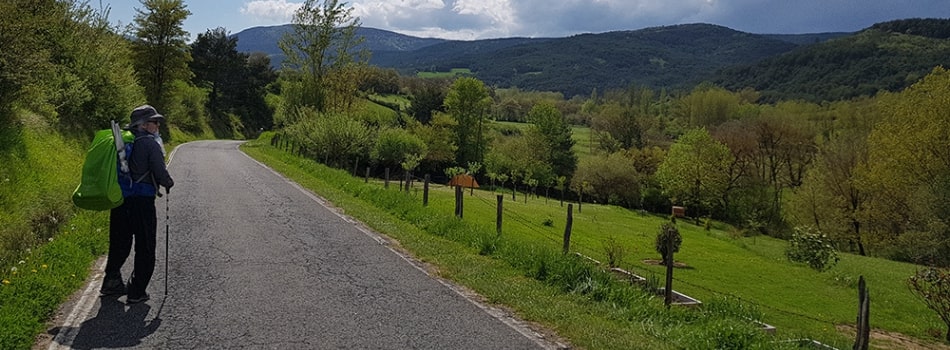
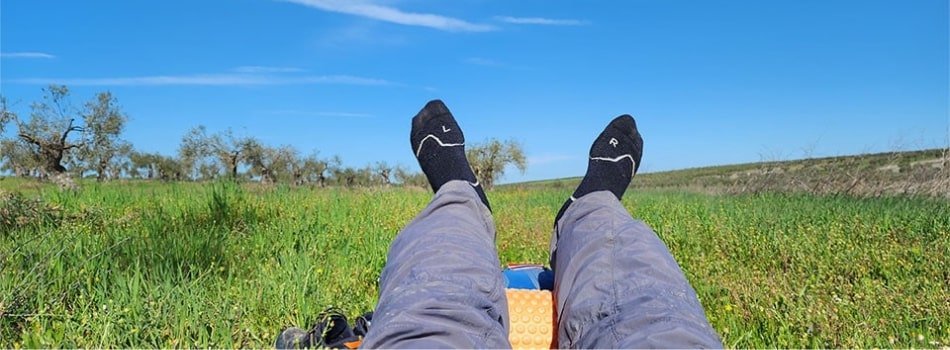


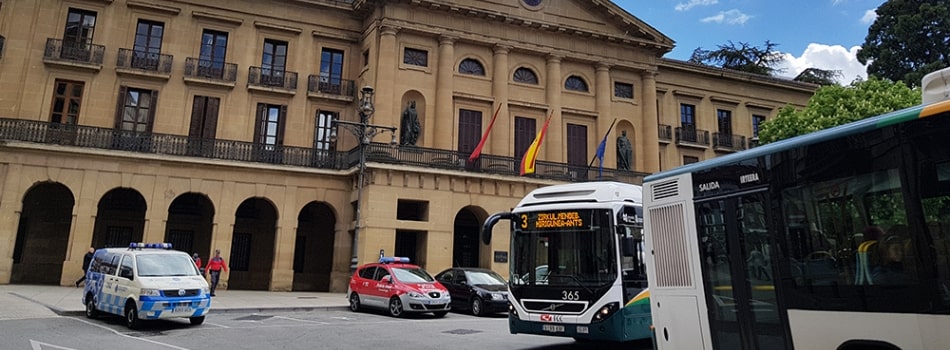
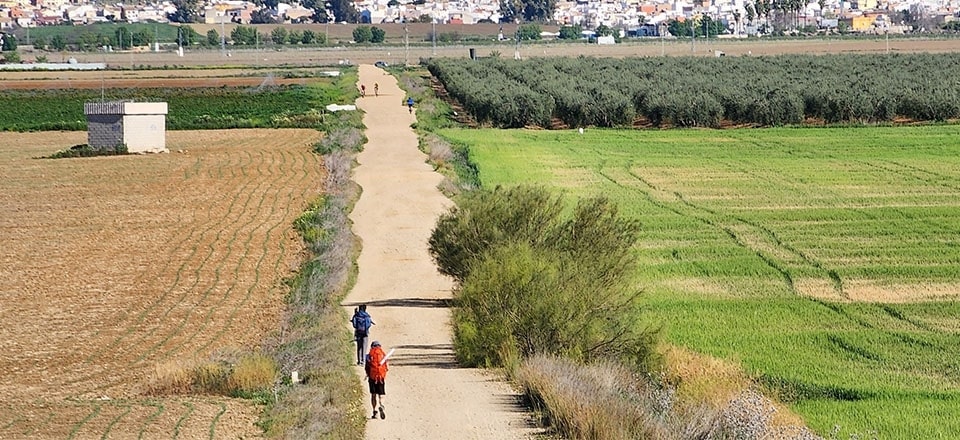
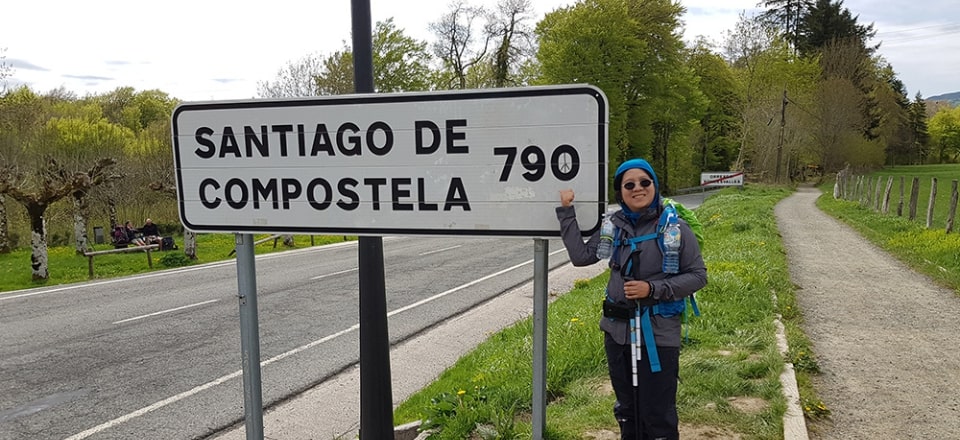
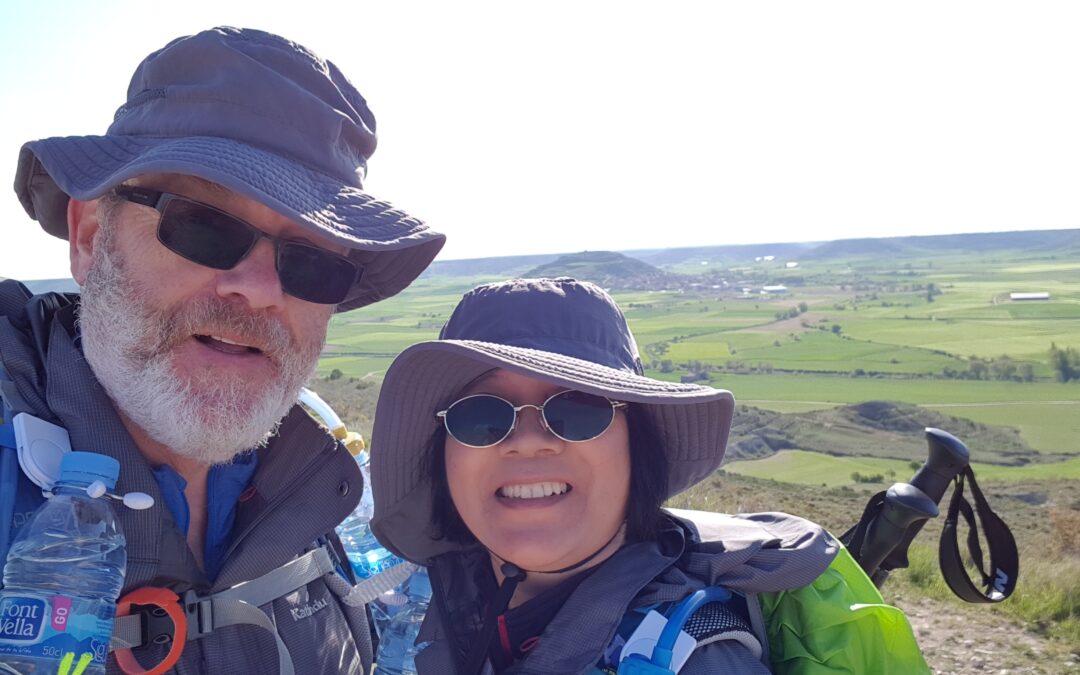
0 Comments